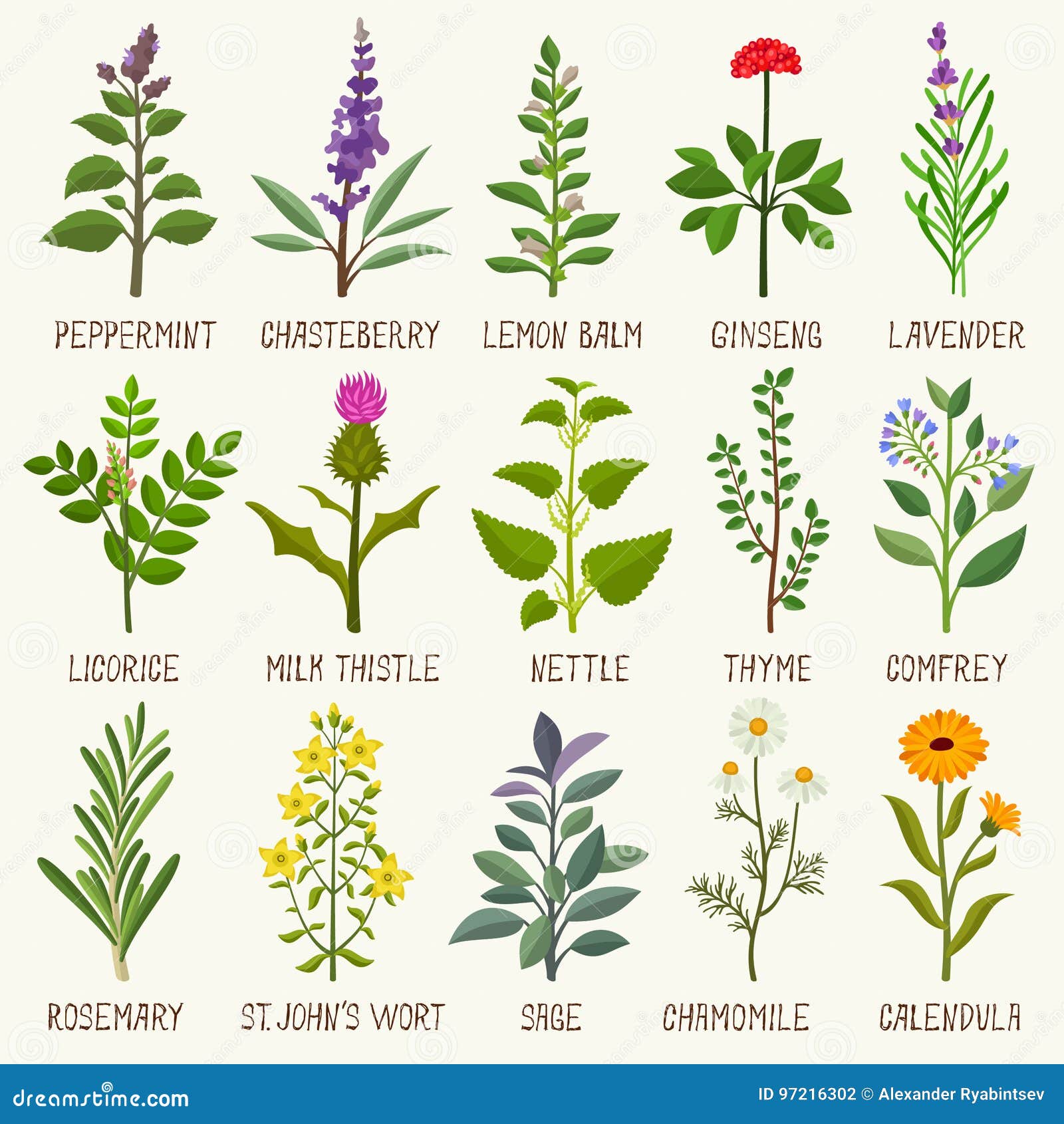

You can incorporate herbs into your garden in so many ways! They’re easy to find as starter-plants in greenhouses, and fairly inexpensive. Believed to have been found growing around Christ’s tomb after resurrection. (Author’s note: this makes an extraordinary tea!) Guards against evil. Sew a sprig in flannel and place it under your pillow, to reveal a vision of your true love if you dream of cabbages instead, then misfortune is coming! Helps you see fairies! Used in the mummification process in ancient Egypt.įriendship, love, courage. Sprigs carried to war by soldiers as a reminder of lost friendships. Symbolized love and fidelity in Middle Ages bridal bouquets. “Where the Mistress is master, the parsley grows faster!”Įnergizing, Loving friendship. Brought with American colonists for medicinal use. In olden times, mint leaves were strewn on floors of kitchens and sick rooms. Thought to produce wisdom by breathing its scent. Christian monks believed the Virgin Mary wore this flower. To dream of Calendula is happy, foretelling riches and a happy marriage. Petals under pillow to make dreams come true. Used by Arab physicians as an antidepressant. Pour boiling water over dried flowers in a large bowl, letting steam waft over the face.Ĭrowned returning war heroes in ancient Greece and Rome.Īncient Greek physicians put plant on scorpion and dog bites, adding some wine for patient to drink. Common names are used, except in cases where botanical names are especially helpful for reference to the correct plant.) All of the meanings likely were useful to someone in the distant past. (You will note some of the associations noted for the same plants vary widely, reflective of different periods of time, different cultures, and different research sources. Interesting Plants for Spring and Summer - Historical and Magical Associations Let’s visit the garden and find some commonly grown plants that have an interesting past-and then we’ll look at a few ways to use these in inventive ways in today’s world: (Many remedies/treatments were kept secret, passed down among relative and shared selectively among trusted intimates.) In the United States, enslaved midwives would have known and used herbs for “female complaints” and to ease childbirth.It was sometimes substituted for more expensive frankincense and myrrh in rituals.

Oz notes its use as a brain tonic in Chinese traditional medicine for thousands of years research indicates “just the smell” of rosemary can enhance overall memory.


She advised chewing pulverized mint leaves steeped in wine to reduce the pain of arthritis-and it probably worked (temporarily), if you took a large-enough dose! Some of the earliest examples sound humorous today-such as the advice of Hildegard von Bingen, a 12 th century German nun who was also an herbalist/healer.The author, Beatrix Potter, knew her old herbal stories! Here are some others: Have you read The Tale of Peter Rabbit-either as a kid, or by reading it to your kids? Peter was so upset after narrowly escaping from Farmer McGregor, and his mother gave him some chamomile tea to calm him.


 0 kommentar(er)
0 kommentar(er)
